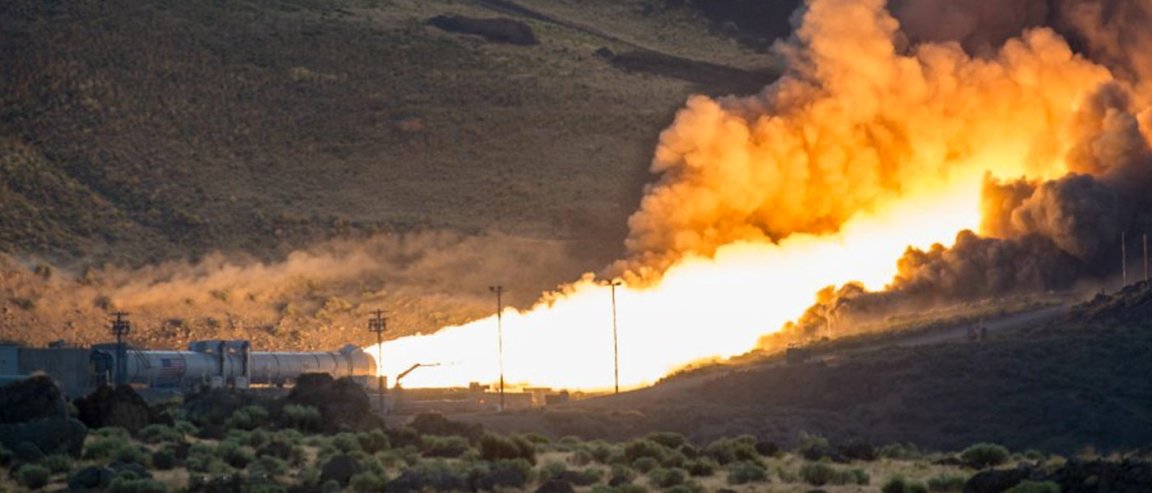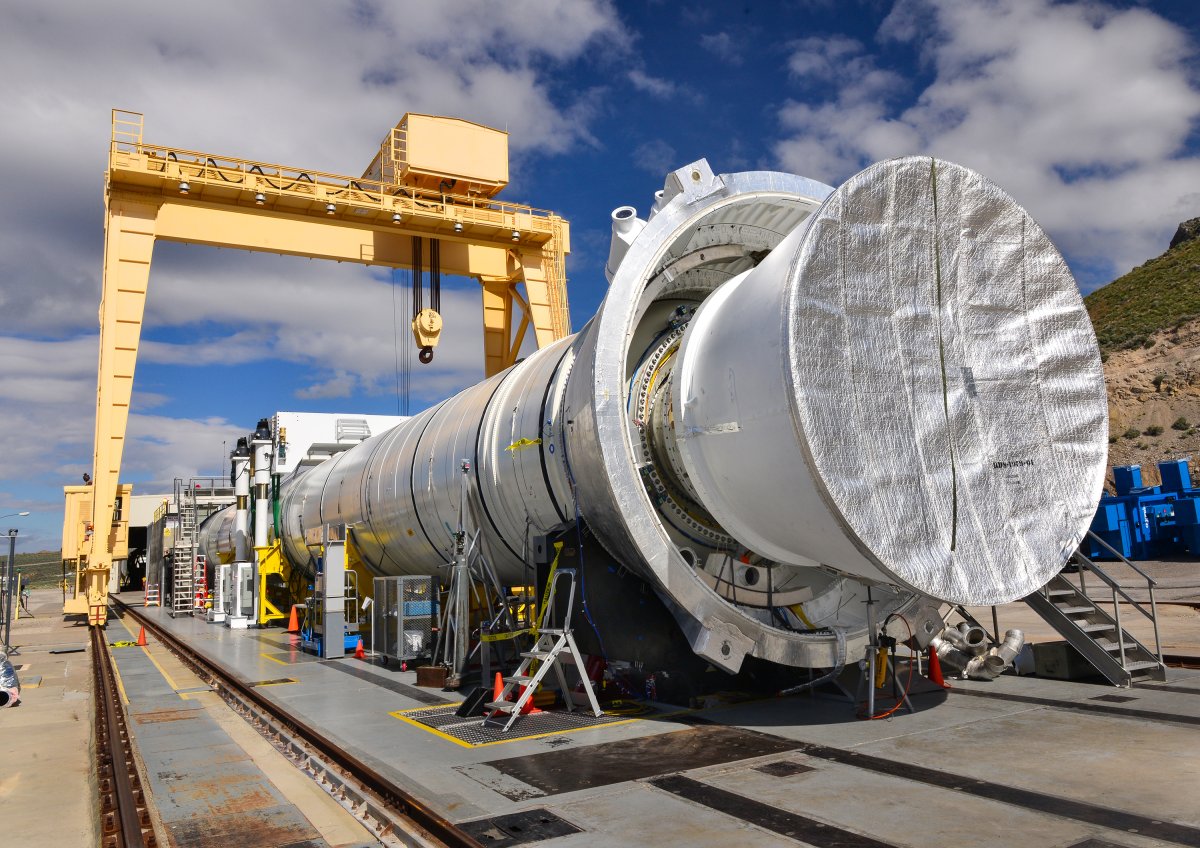
Testing,Testing
Each stage of NASA’s dream of going to Mars is vital in getting human feet on the Red Planet. Including those that will actually transport the humans to Mars. So when they are being tested, it’s usually a big deal.

The booster for NASA’s Space Launch System (SLS) rocket was successfully test fired July 28, its second qualification ground test at facilities in Utah. This was the last full-scale test for the booster before SLS’s first uncrewed test flight with NASA’s Orion spacecraft in late 2018.
This is the second time the rocket booster has run a ground test. Their first test back in March had the booster running at full power for two minutes, with its propellant at 32°C (90°F), its highest rated temperature.
This second test checked the propellant at its coldest-rated temperatures: 4°C (40°F). Even then, temperatures inside the booster reached nearly 6,000 degrees, and it created 3.6 million pounds [1.6 million kg] of thrust.
The test provided NASA with critical data on 82 qualification objectives that must be met before the booster is cleared for flight. Examining the test was more than 530 instruments and sensors on the booster.
A Piece of the Puzzle
The booster is but one part of the whole SLS package—two of the five-segment boosters and four RS-25 main engines will power SLS on deep space missions, including NASA’s manned missions to Mars. The boosters are expected to provide 75% of the thrust needed for the rocket.
The initial SLS configuration will have a minimum 70-metric-ton (77-ton) lift capability, with upgrade plans for 105-metric-ton (115-ton) lift capacity. In each configuration, SLS will continue to use the same core stage and four RS-25 engines.
“SLS hardware is currently in production for every part of the rocket. NASA also is making progress every day on Orion and the ground systems to support a launch from Kennedy Space Center in Florida. We’re on track to launch SLS on its first flight test with Orion and pave the way for a human presence in deep space.” said John Honeycutt, SLS Program manager.
For more details about the test, check out #NASASocial on Twitter.